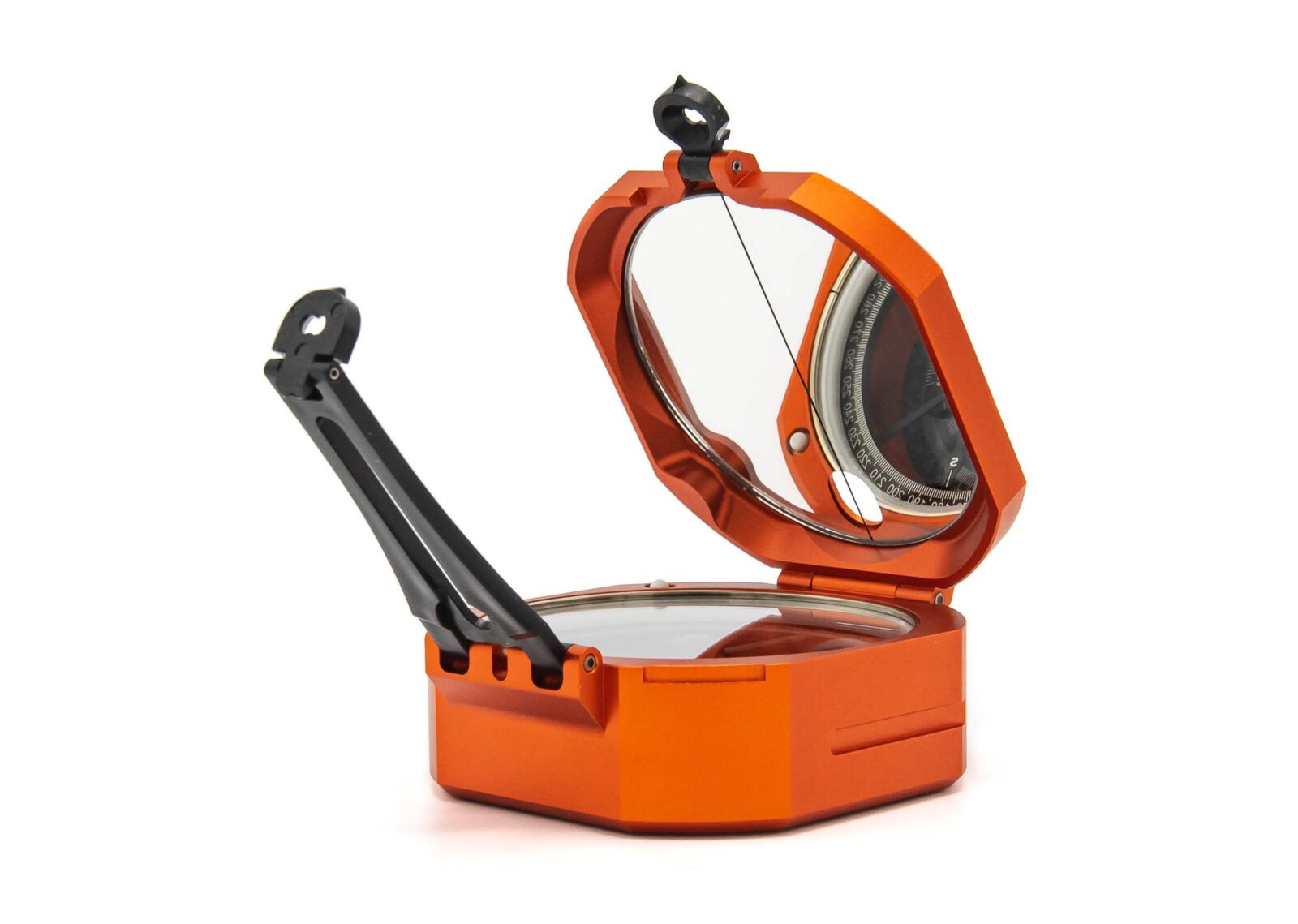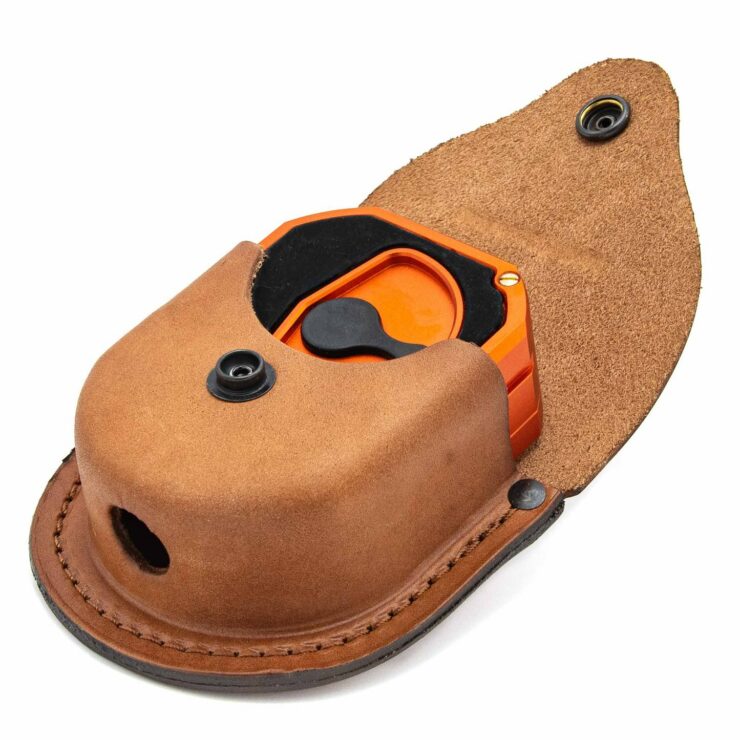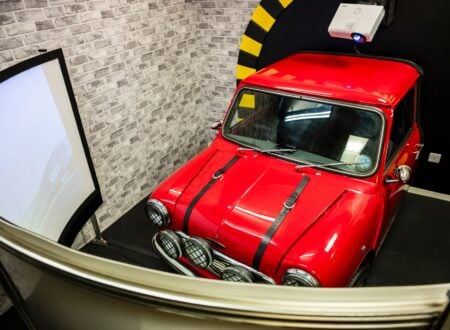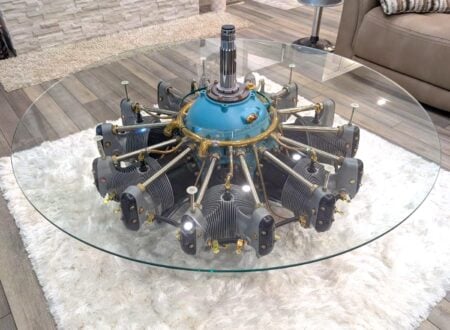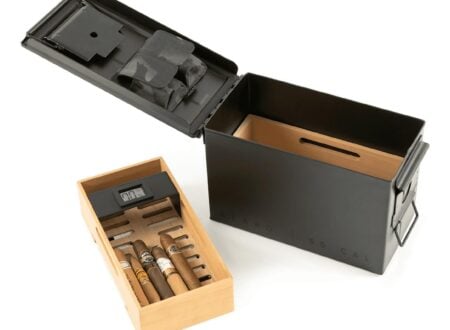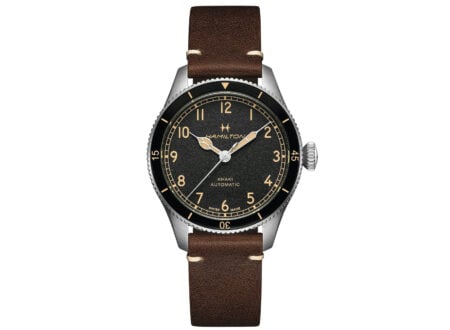The Brunton Standard Transit Compass has been the preferred choice for American geologists and explorers since its release in 1894. It’s widely regarded as one of the best compasses in the world and each one is made by hand in Riverton, Wyoming.
The Standard Transit has a CNC-milled aluminum alloy body that has been hard-anodized for durability. It uses a precision NdFeB disc magnet that gives excellent readings and resists demagnetization, the magnetic needle can also be balanced for use almost anywhere on Earth.
Unlike most compasses the Standard Transit uses induction dampening to ensure the needle settles quickly and accurately, without any swinging motion. Unusually it also has a sapphire jewel bearing, something we’re more used to seeing in high-end automatic watches, which gives smooth needle movement and it lasts indefinitely.
Brunton also equip the compass with a mirror which enables sighting and measurement of bearings and of vertical angles, which is useful for geology and archaeology. Perhaps most importantly each compass comes with a discreet bottle opener, a feature that is very welcome after a long day in the field.
The History Of The Brunton Pocket Transit
The Brunton compass was invented in 1894 by Canadian-born geologist and mining engineer, David W. Brunton. While working in the mineral-rich Rocky Mountains, Brunton recognized the need for a portable, precise, and easy-to-use compass to aid geologists and surveyors in their fieldwork.
He collaborated with Colorado instrument maker, William Ainsworth, to design and manufacture the first Brunton compass, initially known as the “Brunton Pocket Transit.”
The Pocket Transit was designed as a high-quality instrument with several important features that set it apart from the typically simple conventional compasses of the time.
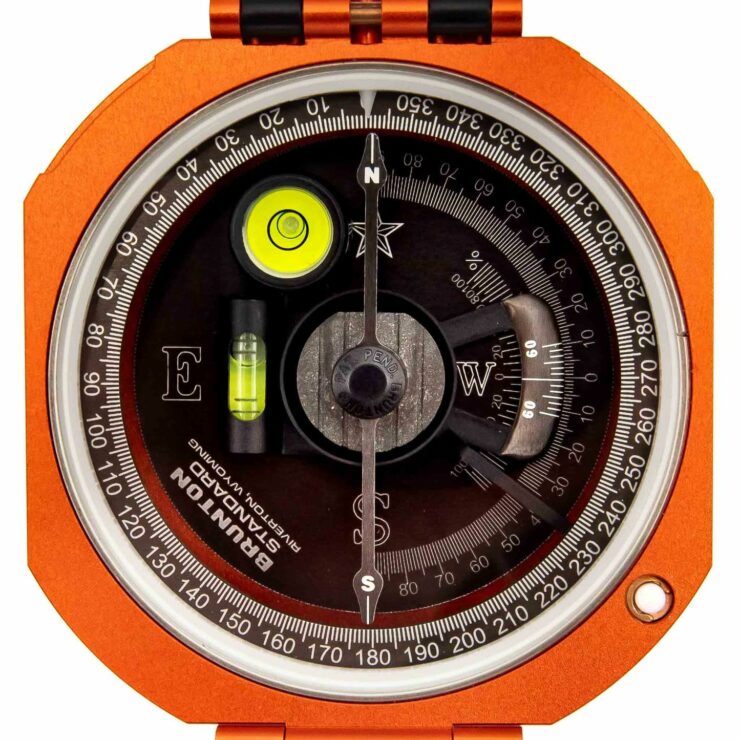

These features included an adjustable, built-in magnetic declination adjustment for accurate readings. flat, compact design that allowed for easy transport in the user’s pocket.
A clinometer for measuring vertical angles and slopes. A sighting mechanism for precise azimuth and bearing measurements, and a flat, compact design that allowed for easy transport in the owner’s pocket.
Today, the Brunton compass is still a widely-used and trusted tool for professionals and outdoor enthusiasts alike. The compass has found its place in various fields, such as geology, archaeology, forestry, and environmental studies. It also remains a popular choice with campers, hikers, hunters, and explorers.
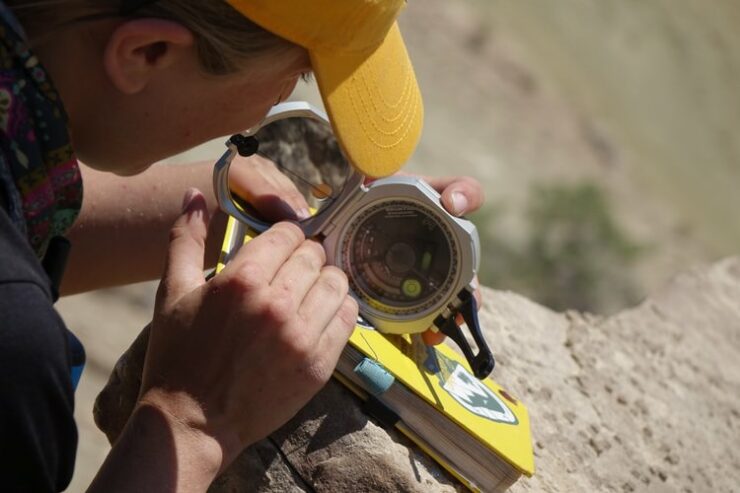
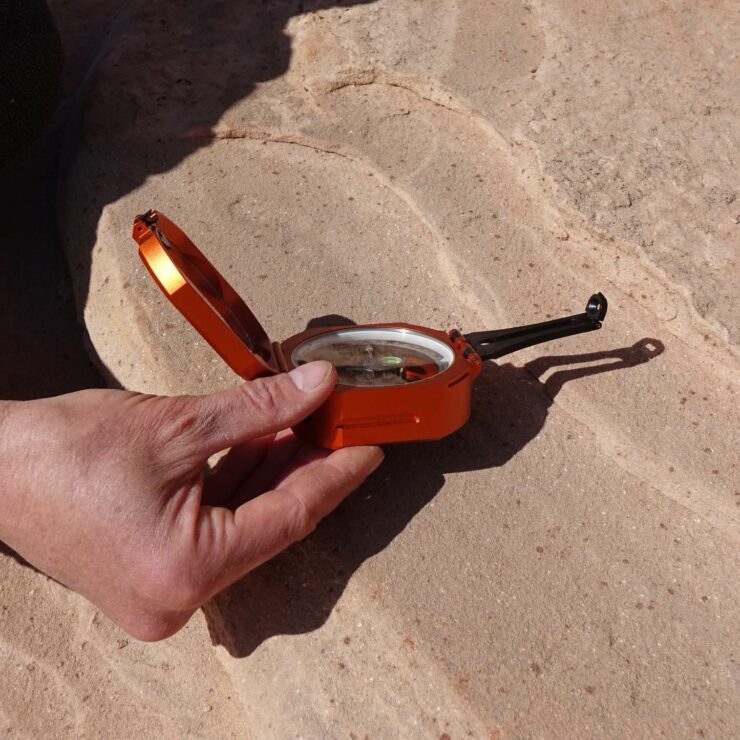
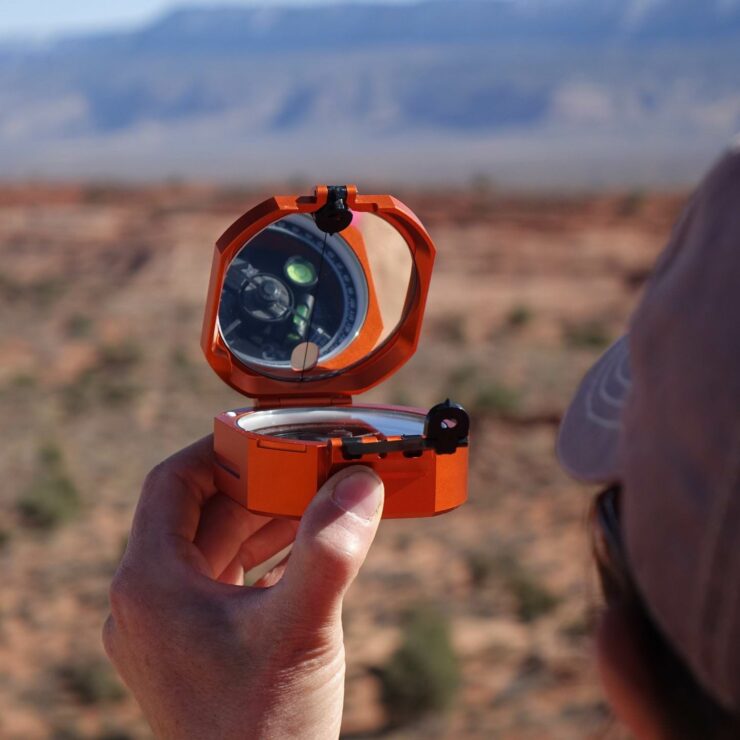
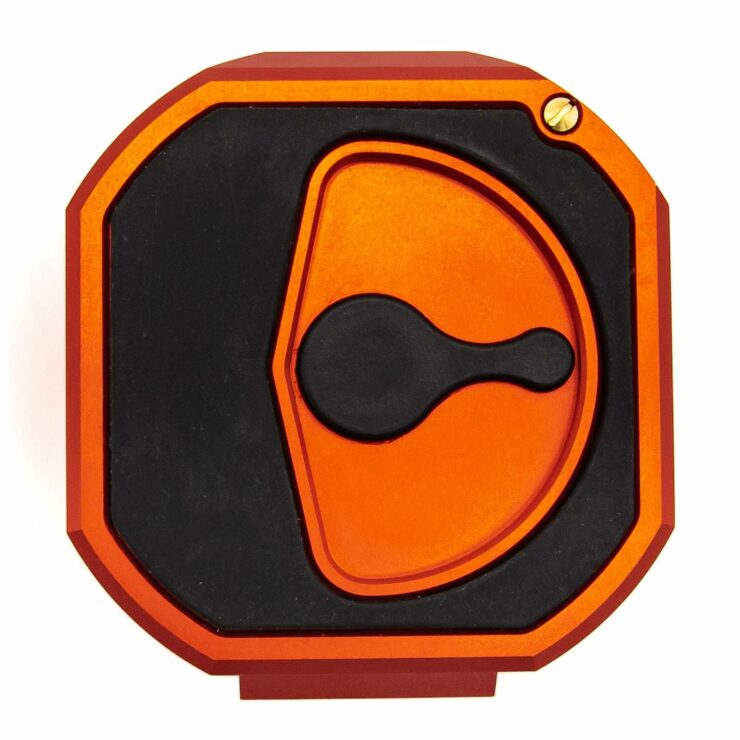
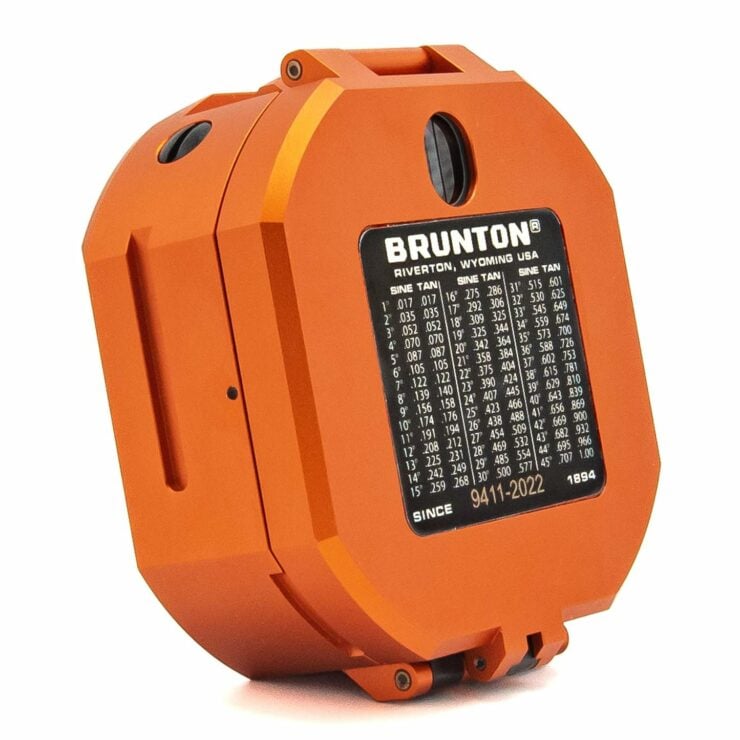
Images courtesy of Brunton

